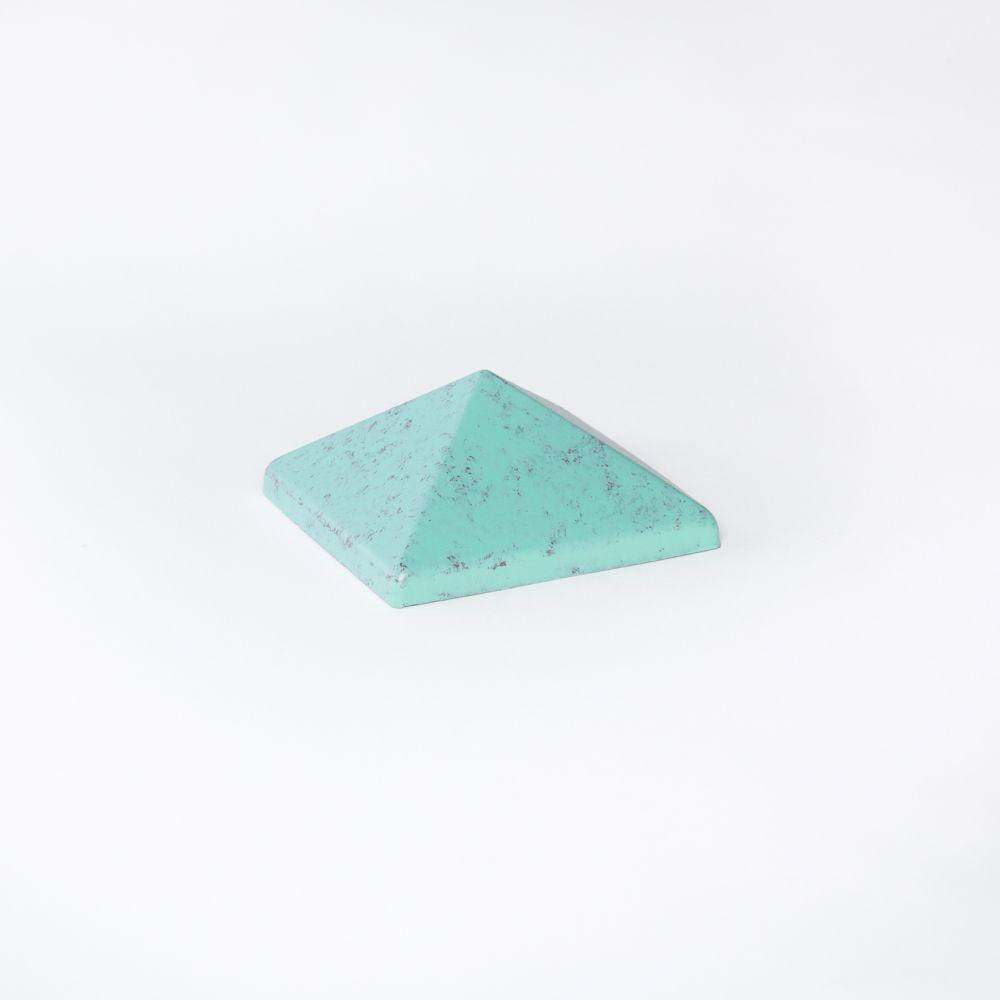
Want a cupola weathervane? This cupola has a 3/4″ weathervane hole for your ideal copper weathervane. Not sure what size copper cupola you need? Check out our Cupolas Sizing Guide to find the right size for your building. You want the right size cupola to make your building look great. This copper top cupola will add the finishing touch you want to your building. Want a hexagon cupola with the faded copper roof look? We also offer the option for a Patina Copper Roof on the cupola to give you the look of older copper. It features a polished concave copper roof that is 5” wider than the cupola base.
#COPPER TOPPER AND PATINA GREEN PLUS#
The base on this cupola is large enough for a ten-pitch roof cutout, plus a 4”-5” clearance.īut what really sets this series of hexagon cupolas apart is the roof. The smallest option is a 24-inch hexagon cupola which stands around 45 inches tall.

You’ll also find the option for a small hexagon cupola with louvers or a small hexagon cupola with windows. The largest is a 60-inch wide cupola standing 92 inches tall! This large cupola will look exquisite on top of a luxury home or a large commercial building and even work great as a large cupola for a horse barn. To begin with, the Hexagon Cupolas are available in many sizes.

It's a mix of carnauba wax and beeswax.The Cupola’s n More Hexagon Cupola topper series is for those serious about the finishing touches! Whether you are looking for a Hexagon Cupola for a House to finish off the roof in a unique style or looking for a Hexagon Cupola topper for a Garage, we think you’ve found your match! You can also use S100 which is a wax available at your local Harley dealer for polishing the metal on motorbikes. I finished my pieces off with a coat or two of Renaissance Wax. But I'll keep playing and share the results here.eventually. I tried some other experiments that didn't give any noticeable results, such as lye, urea, and sodium bisulphate. I think I'll try them in a slightly hotter oven next time.maybe a conventional oven. They turned kind of a golden brown with a hint of burgundy. I did these ones in a toaster oven for 20 minutes at 350 degrees. Colors: Ash Gray, Avocado Green, Barn Red, Beige, Black, Bone White, Bright White, Bronze, Brown, Burgundy, Charcoal, Clay, Colonial Red, Copper Penny. I gently wiped away the salt before applying the wax but I didn't rinse them as some earlier attempts had washed away the green patina. I left them for about 2 hours to get this green. I wrapped the earrings in the paper towels and set them under a small halogen lamp (about 6 inches away but be careful not to leave it unattended as the lamp can get really hot). For these earrings, I soaked a paper towel in vinegar and sprinkled it with salt. This was the fiddliest patina so I plan to try a few other methods to see what will work the best. This is the green colour one normally associates with aged copper. I brushed some of the patina on the copper and, as it started to blacken, I sprinkled salt over it and got these lovely speckles. I left it overnight and the next morning I gently rinsed and wiped away the salt before waxing the earrings.įor this pair I used Novocan black patina which is a chemical used on stained glass copper foil after soldering for a nice black finish. I then covered everything with a glass cake topper to keep the ammonia fumes contained next to the copper. Then I filled a small dish (about 1/4 cup) with household ammonia and set the earrings, right side up, beside the dish. I spritzed the copper with water and then sprinkled salt over the pieces. I find that some of the lovely colours I get with either torch kind of disappear when I apply wax after the patina. Using the propane torch the same way as the MAPP gas torch, I got a little more variety in the colours.

They turn a lovely golden colour with a dark brown mottled effect. These ones are also done with the MAPP gas torch but first I coated the leaves with a thin coat of peanut oil using a paper towel. This lovely patina is just from waving the flame gently over the copper but not too long or you'll get fire scale. The flame from the MAPP gas torch is comparatively hot (hotter than propane or butane). And after making more than a dozen leaves, so was I! Then after a few more steps: annealing, quenching, folding, cutting, texturing, annealing, quenching, pickling, unfolding, filing, bending, sanding and cleaning, they were ready for the patina.

I started by rolling the pennies flat in my rolling mill (a recent acquisition). Thanks, Lisa Weber! Lisa's leaves were exquisitely done in silver but I have a copper budget and a few pennies that I have hoarded since the Canadian penny became obsolete. I found an awesome tutorial for making leaves in the Spring 2012 issue of Belle Armoire Jewelry.


 0 kommentar(er)
0 kommentar(er)
